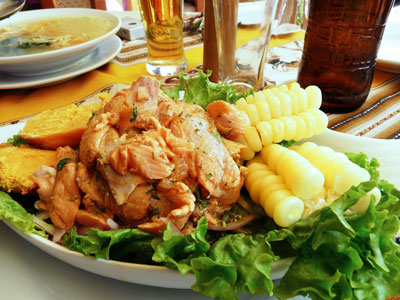
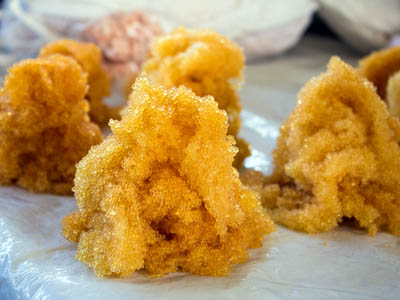
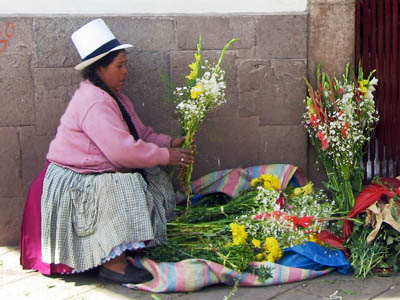
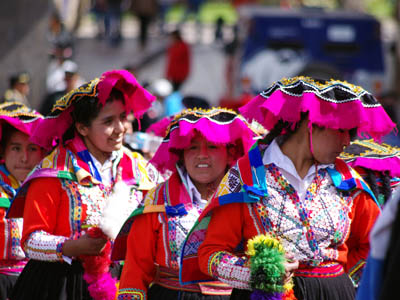
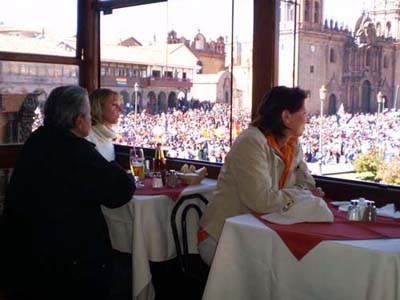
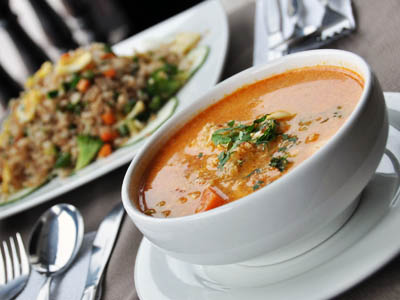
The Twelve Dishes of Holy Week
Holy Week in Cusco is a vibrant time filled with dance parades, religious processions, and with great food...
In the predominantly Catholic country of Peru, Holy Week is well observed with festivals characterized by religious processions, folkloric dancing, and lots of feasting. Traditionally, twelve dishes are served on Good Friday in reference to the twelve disciples of Jesus, although many families limit themselves to six dishes because of the time and energy involved. It’s a lot of eating, but the portions are small and the dishes include soups, stews, main dishes, and desserts as well.
In Cusco and the surrounding valley, cacti in the form of a cross are collected and placed above household doors for luck, and young people receive three blows from a whip (one for the Father, for the Son, and the Holy Spirit) in repentance for the sins of the year.
Many families rise early, planning not to eat until lunchtime so that they can finish the generous midday meal. In the marketplace, they gather the necessary ingredients, waiting in lines if necessary to procure some fresh fish for frying, baking, or preparing ceviche, depending on what type of fish they are able to find.
- K’irku: a chowder of Andean lupine (tarwi) and lake algae known as llulluchae
- Lisas or Olluco soup, based on a local root vegetable similar to potato. The llulluchae is often added to this dish during the Holy Week as well
- Squash or pumpkin soup
- Q’olla Lawa: fresh corn chowder
- Trout Chowder
- Shrimp Chowder
- Oca Lawa: a chowder made from a local root vegetable known as oca
- Choclo: giant Andean corn
- Friday Soup (sopa de viernes): made of oca, vegetables, potato, milk, and cilantro
- Broad Bean Soup (capchi de habas)
Poached peaches are a popular dessert for the occasion, as is rice pudding and the purple corn pudding known as mazzamorra. If you only have space for one snack, however, the sweet and colorful empanadas sold throughout the streets during this time are a great choice. Although they share the same name with meat-filled pastries, in this case empanada refers to a flat pastry covered in colorful sprinkles- it’s synonymous with Holy Week.
Holy Week in Cusco is a colorful time. Along the streets and markets, many vendors will be hawking flowers and colorful pastries, and religious processions of the Lord of Tremors will alternate with folkloric dance parades. Since all events begin or end in the main square, do take advantage of the balcony at Pirwa Restaurant, which overlooks the main square and allows you to watch the events while avoiding the crowds on ground level. Make sure to try the excellent trout ceviche while you're at it!
Fecha de Publicación: 23/02/2015

